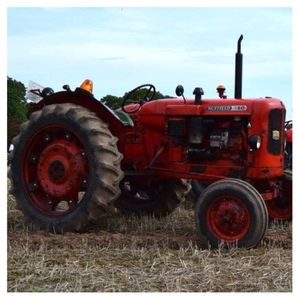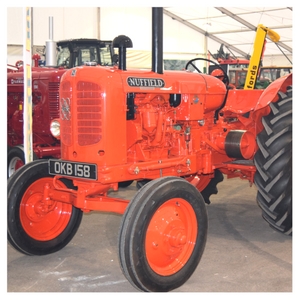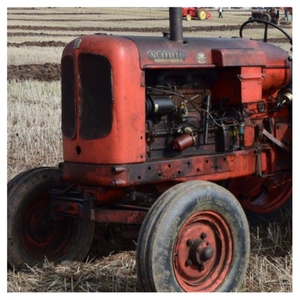
LEYLAND TRACTORS - A HISTORY
Nuffield Tractors began in 1948 by Lord Nuffield (William Morris) owner of Morris Motors Limited. By 1951 Morris Motors had become part of the British Motor Corporation (BMC).
BMC was the largest British car company of its day, producing a wide range of cars under brand names including Austin, Morris, MG, Austin-Healey, Riley, and Wolseley, as well as commercial vehicles and agricultural tractors. Lord Nuffield became the first chairman.
When market share dropped in the 1960’s, the BMC merged with Jaguar Cars to form British Motor Holdings (BMH), and the government-sponsored merger of BMH with Leyland Motor Corporation in 1968. Leyland Motors Limited was a British vehicle manufacturer of lorries, buses and trolleybuses.
Leyland tractors was created after the merger of the British Motor Corporation (BMC) with Leyland Motors to form British Leyland in 1968.
After the merger Leyland changed the colour from the Poppy Red of Nuffield to two tone blue which would eventually last right up to the early 1980s. Production moved to Bathgate in Scotland. When Leyland took over Nuffield the Nuffield name still appeared until 1969 before it was completely abolished.
Models included the: 154, 245, 253, 255, 262, 270, 272, 282, 285, 344, 384, 462, 472, 482 and 485.. British Leyland then sold Leyland tractors in 1982 to Marshall Tractors Ltd and production moved to Gainsborough in Lincolnshire.










